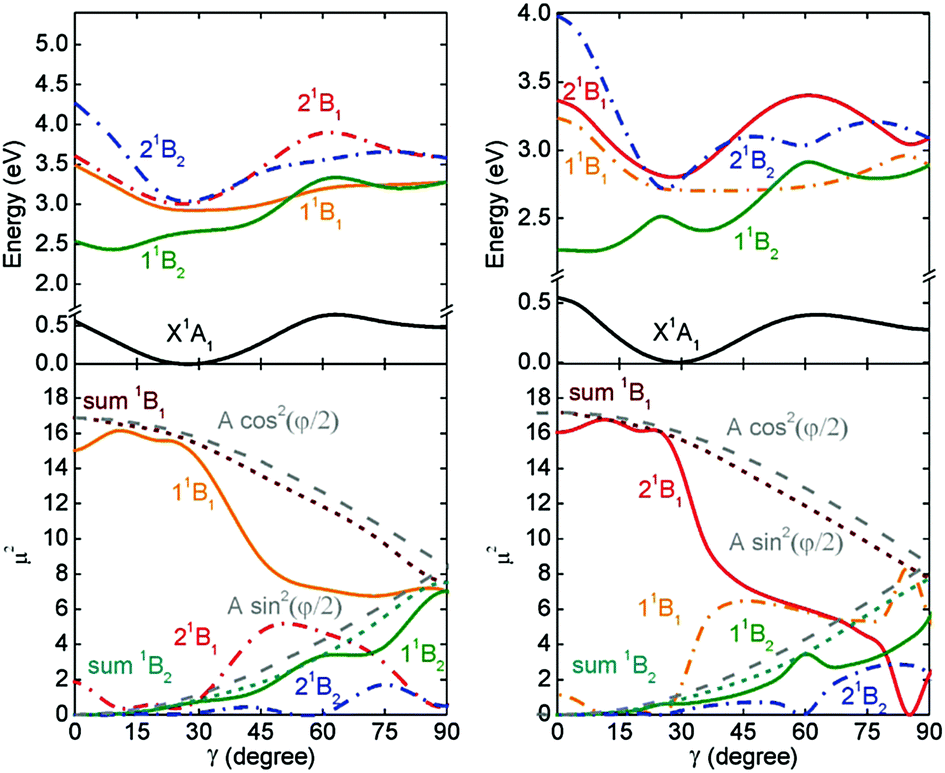

Please declare your traffic by updating your user agent to include company specific information.įor best practices on efficiently downloading information from SEC.gov, including the latest EDGAR filings, visit sec.gov/developer.

Your request has been identified as part of a network of automated tools outside of the acceptable policy and will be managed until action is taken to declare your traffic. To allow for equitable access to all users, SEC reserves the right to limit requests originating from undeclared automated tools. S1.Your Request Originates from an Undeclared Automated Tool To calculate the effects of shEF1 ( B, D, and F), the effects of Dox in A673-shEF1 cells were normalized to its effects in A673-Ctrl cells. ( F) Effects of CPT in MCF-7 cells and of shEF1 in A673 cells on the ratio of 3′ to 5′ parts of indicated introns in cyclin D1 pre-mRNA. ( E) Effects of CPT on cyclin D1 mRNA levels in MCF-7 cells. ( D) Effects of shEF1 on the abundance of 5′ and 3′ parts of cyclin D1 pre-mRNA (E1-I1 and I4-E5, respectively) in nuclear extracts of A673 cells. The effect of siEWS was determined relative to the siGL2 negative control. ( B and C) Effects of shEF1 ( B) and siEWS ( C) on the abundance of Pol II (CTD4H8) at various positions along the cyclin D1 gene relative to their effects at the gene 5′ end, which were assigned 1. ( A) Pattern of Pol II on the cyclin D1 gene in untreated A673 cells, as determined by ChIP using the CTD4H8 antibody and qPCR at various positions from 5′ to 3′ along the cyclin D1 gene. The effect of EWS-FLI1 on cyclin D1 processing is due to an effect on transcription elongation. The detection of transcripts using intron 4 polyA sites required more PCR cycles than that of transcripts using the exon 5 polyA site, in agreement with the low D1b/D1a mRNA ratio. In addition to the previously reported polyA site at position 571 in intron 4 (15), we identified a novel polyA site at position 1097 ( Fig. Nucleotidic positions of polyA sites (pA) in intron 4 and exon 5 are indicated. ( D and E) A673-shEF1 and A673-Ctrl cells grown for 2 days with or without Dox were analyzed by Western blot for cyclin D1a and D1b proteins using the sc-718 and α-D1b antibodies, respectively ( D), and by 3′RACE on nuclear RNA using sense primers in intron 4 and exon 5 ( E). The effects of siEWS and shEF1 on the D1b/D1a transcript ratio are plotted in C. ( A–C) MCF-7 and A673 cells transfected with siGL2 (negative control) and siEWS ( A), as well as A673-shEF1 and A673-Ctrl cells grown for 2 days with or without Dox ( B), were analyzed for cyclin D1a and D1b mRNA levels by RT-qPCR. These data show that elevated expression of a splice isoform in cancer can be due to an alteration of the transcription process by a mutated transcriptional regulator and provide evidence for a physio/pathological impact of the coupling between transcription and mRNA maturation.ĮWS and EWS-FLI1 affect the expression of cyclin D1 isoforms. The endogenous D1b protein is enriched in nuclei, where the oncogenic activity of cyclin D1 is known to occur, and depleting D1b in addition to D1a results in a stronger reduction of EwSa cell growth than depleting D1a only. As a result, the D1b/D1a ratio is elevated in EwSa cell lines and tumors. Detailed analyses of RNA polymerase dynamics along the gene and of the effects of an inhibitor of elongation show that EWS-FLI1 favors D1b isoform expression by decreasing the elongation rate, whereas EWS has opposite effects. We show that, although both EWS and EWS-FLI1 enhance cyclin D1 gene expression, they regulate the D1b/D1a transcript ratio in an opposite manner. EWS-FLI1 directly stimulates transcription of the CCND1 protooncogene encoding cyclin D1a and a less abundant but more oncogenic splice isoform, D1b. In particular, the Ewing sarcoma (EwSa) oncogene, resulting from a fusion of the EWS and FLI1 genes, encodes a well characterized transcription factor. In cancer, where splice variant expression is often deregulated, many mutated oncogenes are transcriptional regulators. However, whether this regulatory mechanism has a physio/pathological impact is not known. Pre-mRNA splicing and polyadenylation are tightly connected to transcription, and transcriptional stimuli and elongation dynamics can affect mRNA maturation.


 0 kommentar(er)
0 kommentar(er)
